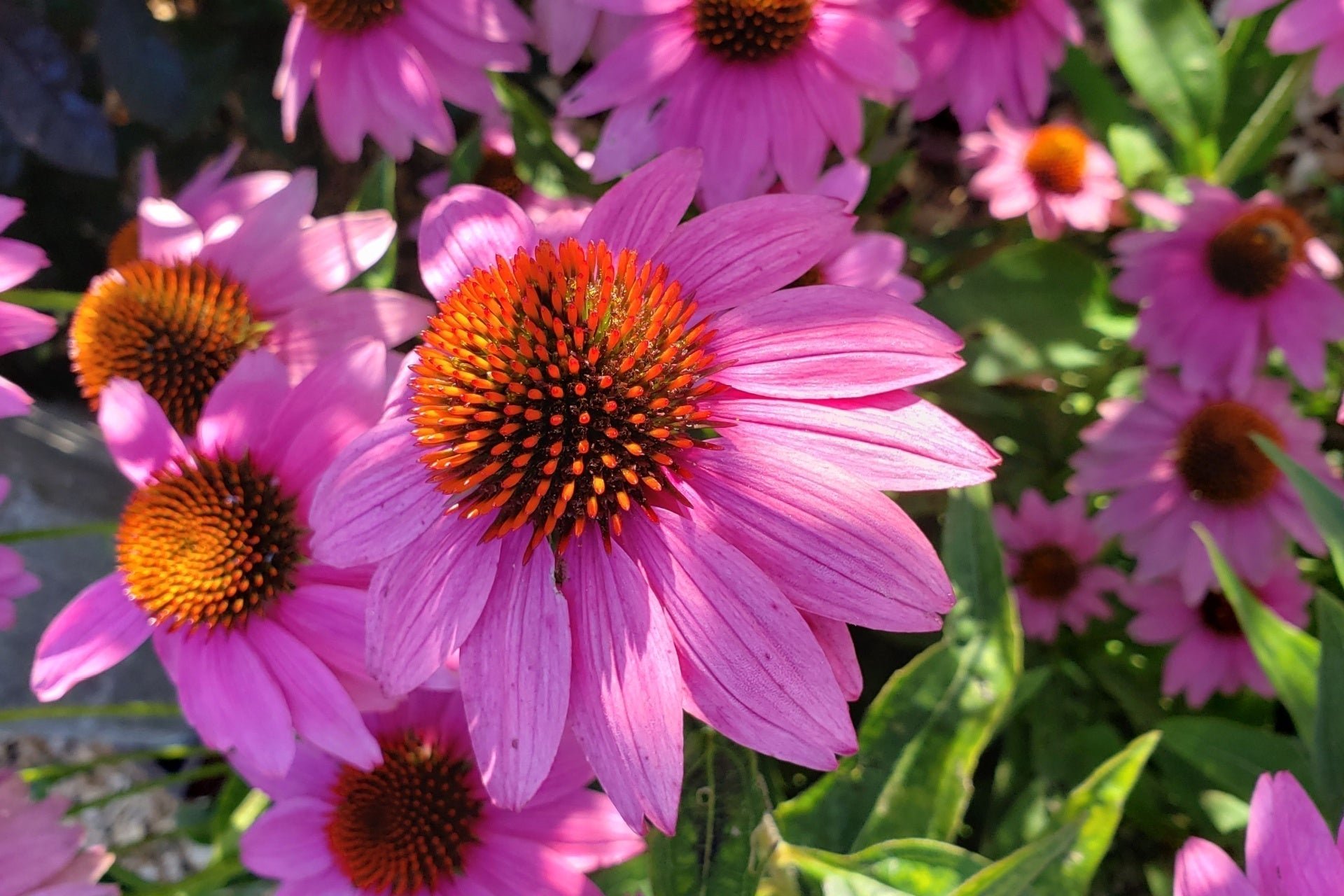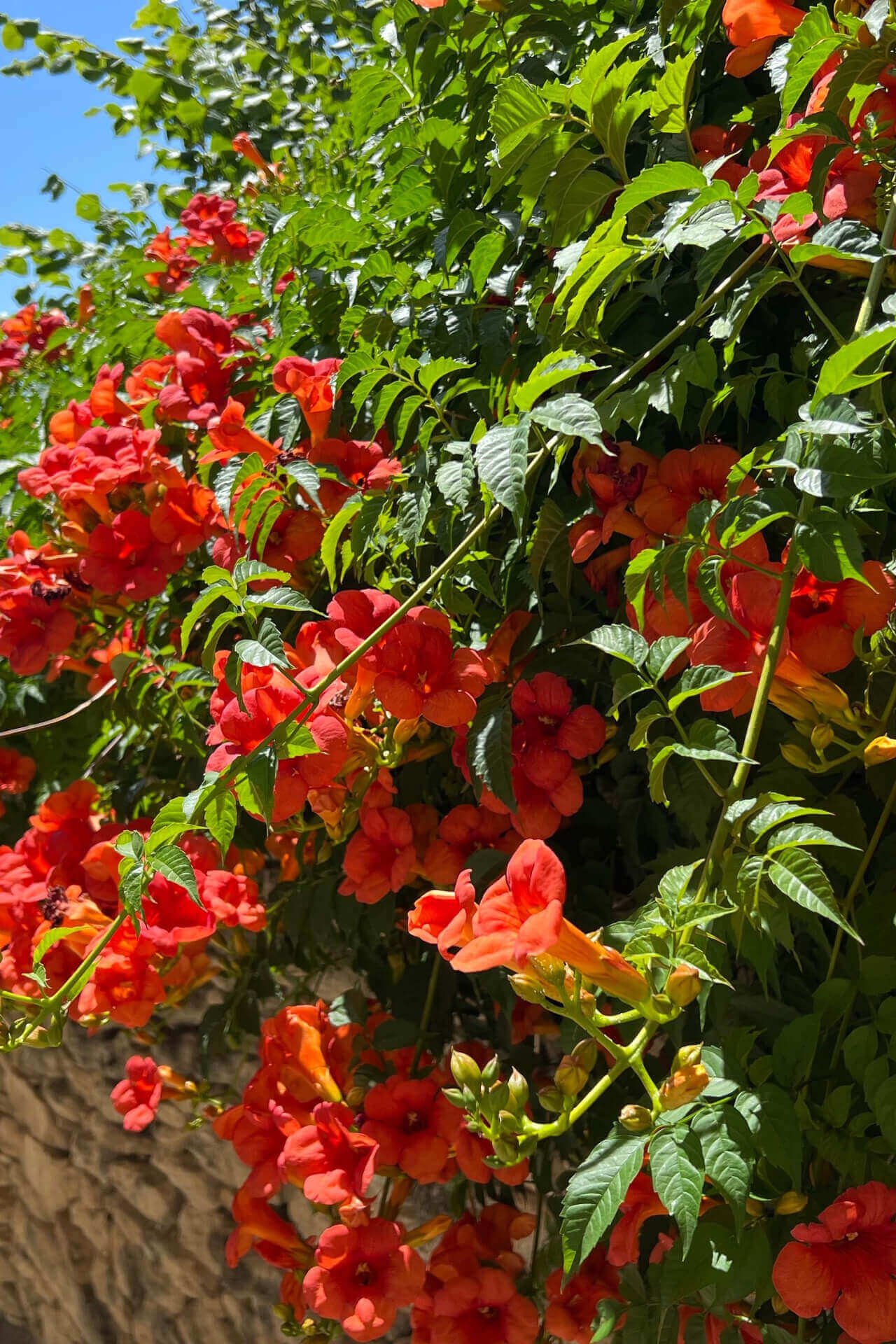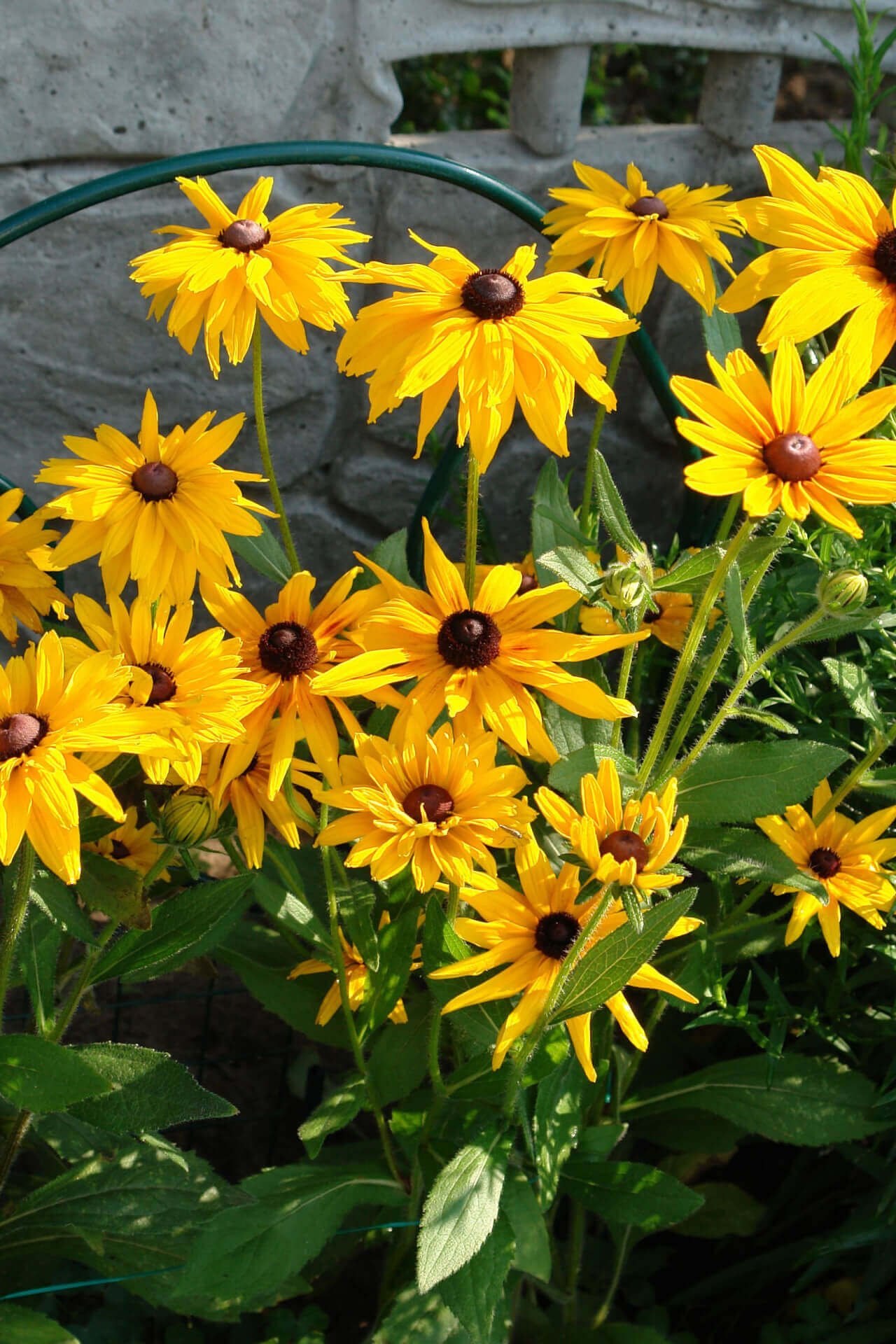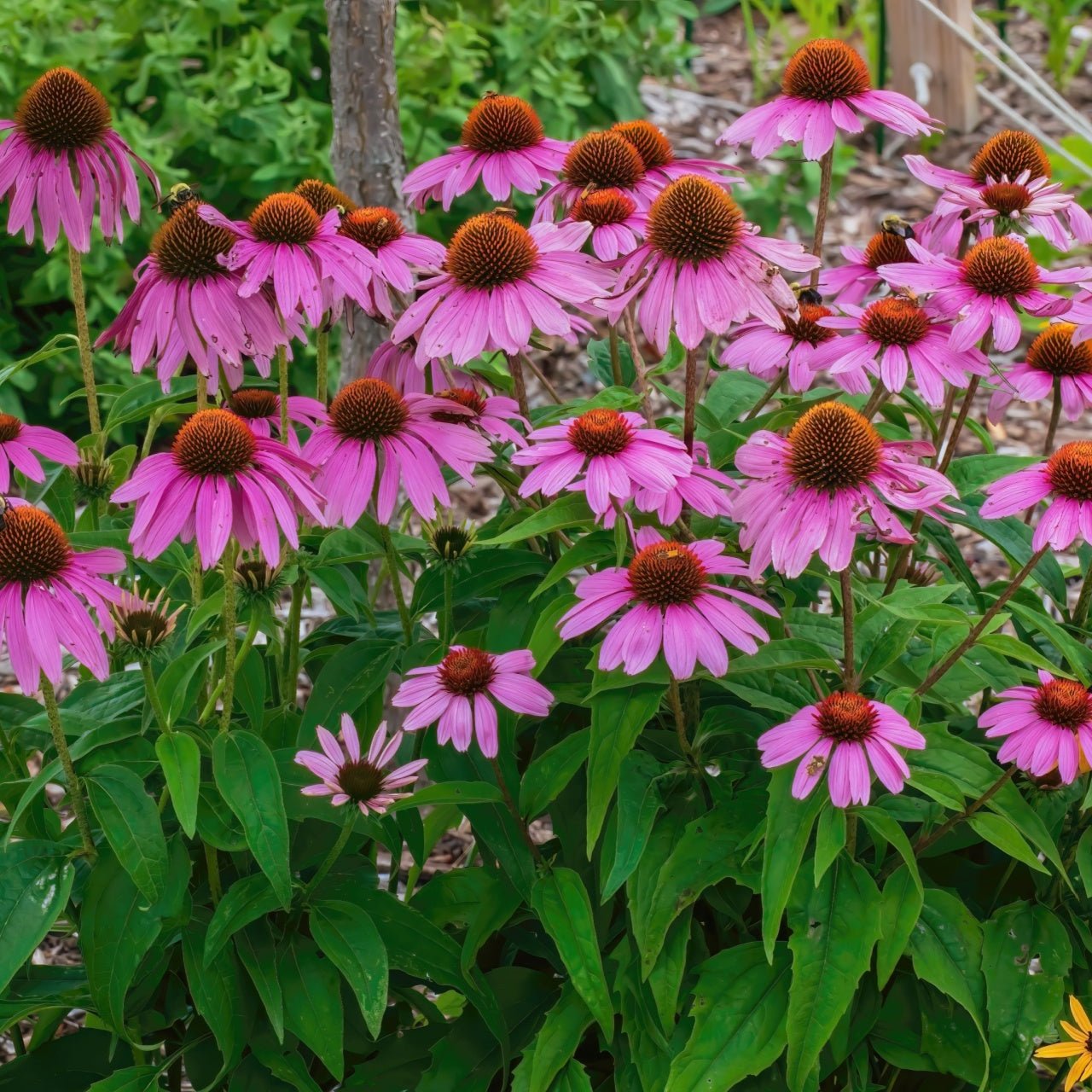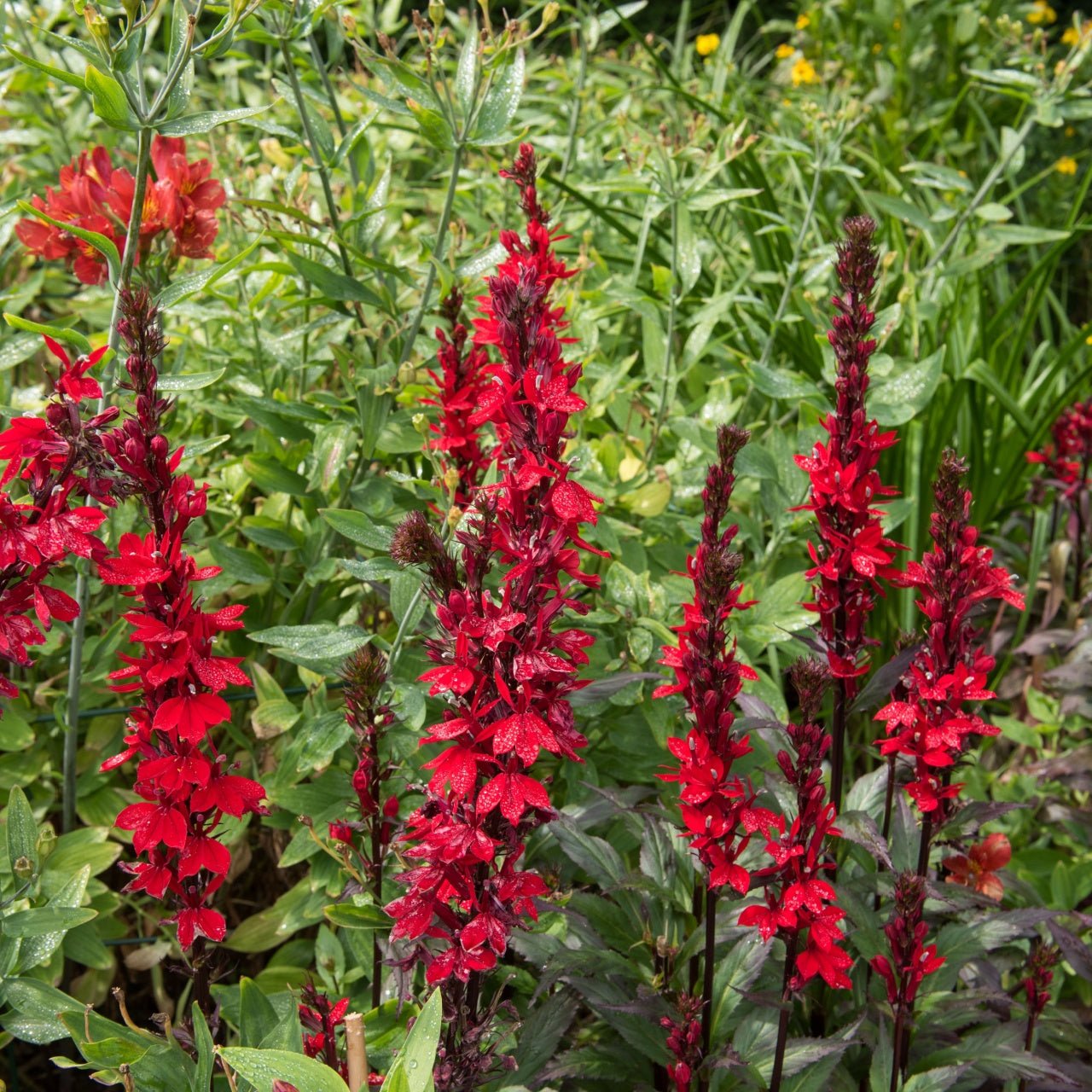It is no secret that traditional weather patterns are changing amid climate change. It brings more variable and extreme weather, flooding, heat waves, and warmer winters. Where I live, the last three winters have been very warm except for one storm, which brought below-freezing conditions each winter.

However, that one storm brought extreme cold and killed many of my plants because they were not dormant. You may have had similar issues. The winter kill has given me an opportunity to redo some of my landscape to make it more resilient to similar climate changes in the future.
Gardening In a Warmer World
When the USDA updated its hardiness zone map in 2023, most places got a zone warmer. Mine went from 7b to 8a. When I started gardening, my zone was 7a. Gardening in a warmer world means reducing your carbon footprint and planting things that do well in your new, warmer zone.
Lower Carbon Emissions
Reducing the carbon emissions associated with how you garden is the first step in helping your garden –and you --adapt to a warmer climate. Reduce Gas Powered Machines Instead of using gasoline or diesel-powered mowers, leaf blowers, hedge trimmers, string trimmers, and snow blowers, use electric ones.
When electric gardening tools first came out, they were underpowered and did not do as well as gasoline machines. However, electric batteries have gotten stronger, and most electric tools can do just as well as gasoline. As your gasoline-powered machines wear out, buy electric machines to replace them.
Plant Lawn Alternatives
Turfgrass lawns are essentially sterile deserts that only feed a few pests, like chinchbugs, grubworms, and deer. Reducing the size of your lawn reduces the water, fertilizer, and pesticides you need to buy. Turfgrass has its place. Nothing beats it for traffic tolerance. However, reduce your turfgrass area to a small area for kids and pets to play in and plant the rest in native wildflowers and ground covers.

Creeping thyme, creeping buttercup, bird's foot violet, and other ground covers make nice alternatives for low-traffic areas. As ground covers, you can use climbing vines like Virginia creeper and trumpet vine.
A few companies are making sod that doesn't have grass in it but contains wildflowers instead. Right now, they have chosen to put wildflowers that grow in a wide variety of areas in it, sort of a one-size-fits-all strategy. Hopefully, they will produce sod that has different flowers depending on the region in the future instead of one size fits all.
Still, planting a wildflower meadow in your front or back yard is easy. Use Fertilizer Wisely Synthetic fertilizers, especially nitrogen fertilizers, significantly contribute to greenhouse emissions. Artificial fertilizers are artificial using fossil fuels.
Most people over-fertilize, which means they waste their money, and the excess fertilizer washes into storm drains. Excess fertilizer also triggers rapid growth.
The succulent new growth is attractive to pests. In addition, the plant roots struggle to absorb enough water to keep the new foliage healthy. Get a soil test for your landscape and follow the fertilizer recommendations to save money and use less fossil fuel.
Positive Changes You Can Make
I have listed above the things you should reduce or stop doing. Here are some positive actions you can take to improve the environment in your area. Plant More Trees Trees can help you conserve energy and save money on your utility bills.
In the northern hemisphere, plant deciduous trees on your home's east, south, and west sides to shade and cool your house naturally in the summer. Plant evergreen trees on the north side of your house to shield your home from the cold winter winds. This evergreen windbreak will protect valuable plants from snow drifts and strong winds.

Grow More Variety Grow various native trees, shrubs, perennials, and ground covers in your landscape. Native plants have evolved to thrive with the amount of rainfall in an area. They are also well adapted to the area's weather.
While it is true that the drought and flood cycle is tough on any plant, native plants that are watered when it is dry save more money than non-native plants that have to be watered all the time.
Native Plants Have a Role In Postiive Changes
Native plants are adapted to soil fertility and do not require as much fertilizer as non-native plants. In addition, planting native plants helps native wildlife. They co-evolved with the native plants of the area. Keeping as much plant diversity as possible also means that no one disease will wipe out all your plants at once.
An over-reliance on one plant caused the Irish potato famine. Don't plant all one type of tree in your windbreaks and hedges, or they could all be wiped out by the same disease. Marginally native plants that like warmer climates will probably be able to grow well in our warmer climate.
Marginally adapted plants and native plants that don't like the increasing summer heat may not grow well anymore. When something dies, replace it with a native plant you have seen thriving in your area. Protect and Improve Soils Soils are surprisingly fragile. A few months of heavy construction traffic can compact soils and make it hard for plants to grow there.
Compost is easy and necessary
The key to keeping soils fertile is adding compost every year. Mix it into the top two- or three-inch soil every year to increase the soil's fertility, aerate the soil, and make it able to absorb more water and air. Plant roots need both to feed the plant. In exchange, plants produce water vapor and oxygen for us to breathe.
In early spring, you can spread an inch of compost on your lawn, then rake it in with a leaf rake. Landscape beds need an inch of compost and mulch every year. The mulch helps stabilize the soil temperature and moisture and choke most weeds before they get established.
You need a layer of three inches thick mulch to do that. An inch of mulch decomposes each year, so you need to add an inch on top to replace that. The decomposed mulch adds still more organic matter to the soil. Manage Stormwater Runoff and Conserve Water Floods and droughts are both increasing.
Rain Gardens
Plant native plants to conserve water because many areas lack drinkable water. Use a rain barrel to catch water to use in the landscape. Use rain gardens to slow water down and improve the ability of the soil to absorb water and recharge aquifers. Don't water sidewalks and driveways with your sprinklers.
Easy Native Plants to Incorporate in Landscaping
Learn More at TN Nursery
TN Nursery has been selling native plants to gardeners like you for three generations. We feature helpful articles like this one on our blog and sell plants native to many areas in North America. Lower your footprint and order your native plants from us by calling 931.692.7325 today.
Read more
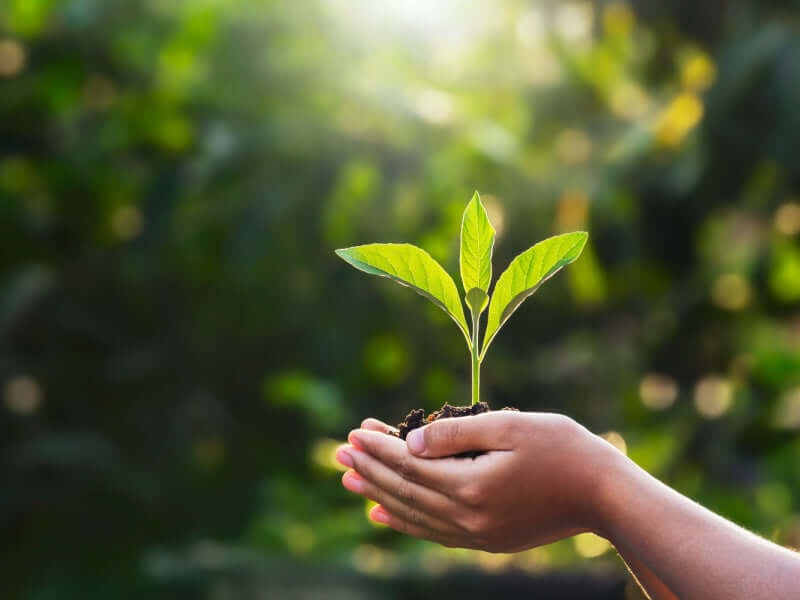
When it is time to transplant the seedlings outside, you have to gradually prepare the seedlings to withstand wind, sun, and the outside temperatures. Otherwise, all your hard work will be wasted w...
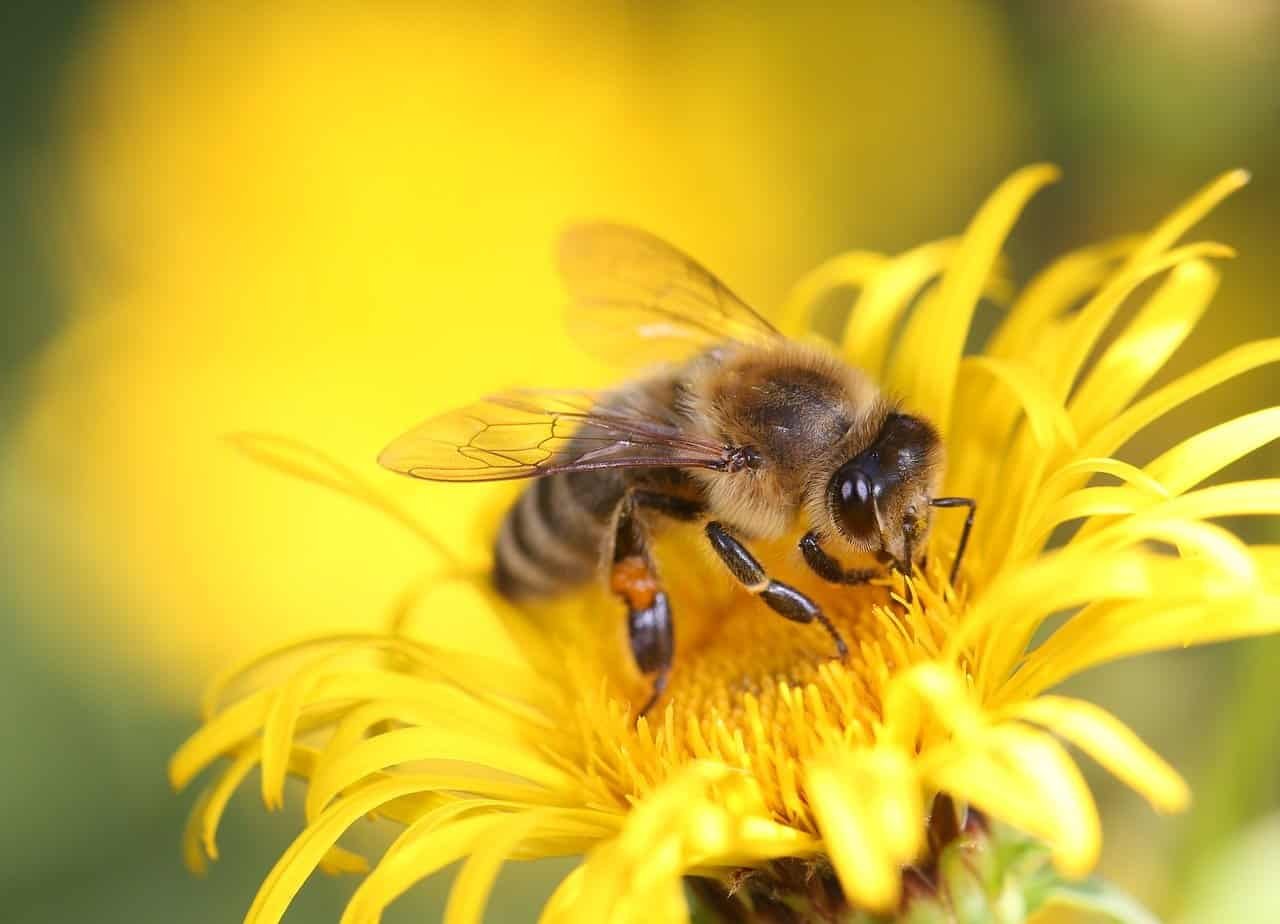
Pollination is the transfer of pollen (contains male element) from an anther of a plant to the stigma (female element) of a plant, later enabling fertilization and the production of seeds. Pollinat...
Family Owned and run with pride
Nestled in the heart of Middle Tennessee, TN Nursery is a proud family-owned business rooted in tradition, quality, and a deep love for plants. For generations, we’ve been dedicated to providing exceptional service and building lasting personal connections with gardeners, landscapers, and nature enthusiasts across the country. Our mission is to make planting and gardening more accessible, enjoyable, and rewarding—whether you’re a seasoned horticulturist or just starting your first flower bed.
We specialize in expertly grown native plants, perennials, shrubs, trees, and ferns that thrive in a variety of climates. Every plant we offer is carefully nurtured on our farm to ensure strong root systems, healthy growth, and long-term success in your landscape. From vibrant evergreens to colorful blooms and ground covers, we offer an expansive selection to help you create the outdoor space of your dreams.
At TN Nursery, we believe in more than just selling plants—we’re here to help you transform your garden into a place of beauty, sustainability, and joy. Our knowledgeable team is always available to answer questions, offer guidance, and share tips to ensure your planting experience is a success. Join our growing family of happy customers and let us help you bring your garden vision to life.


